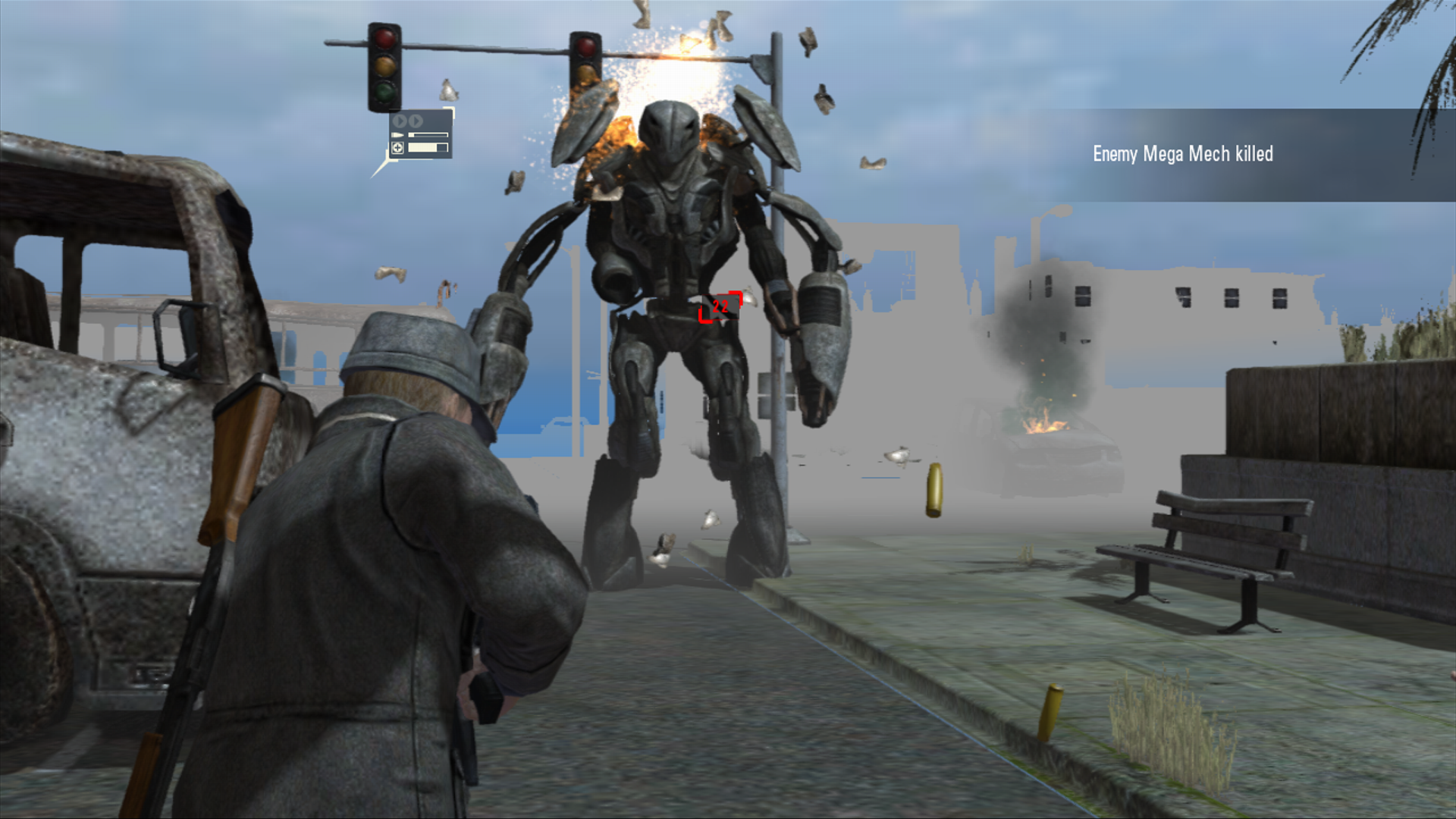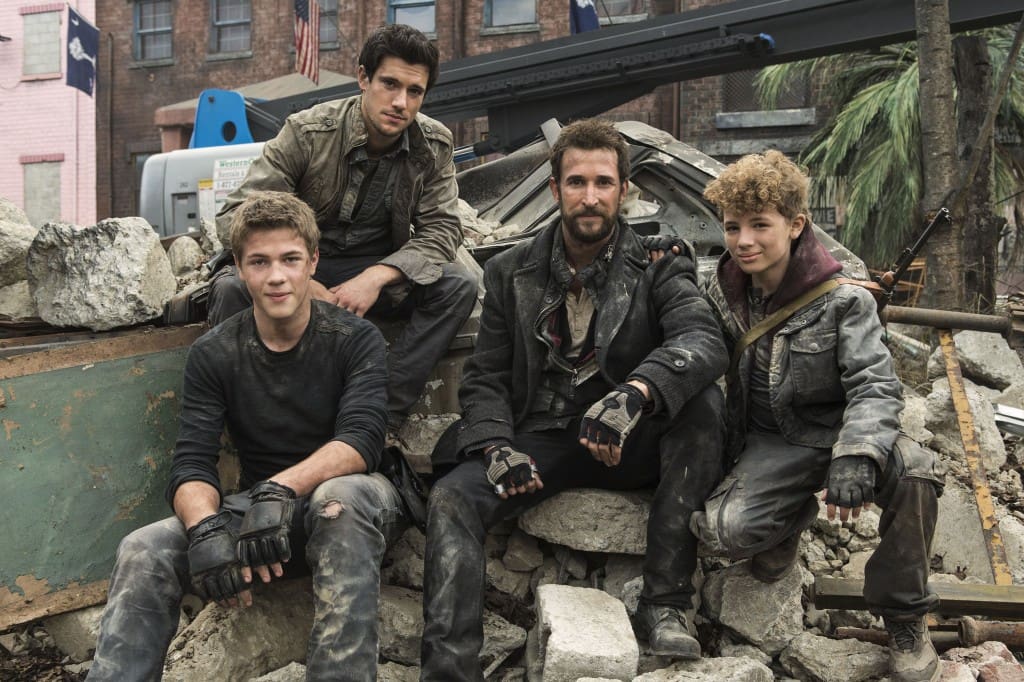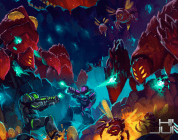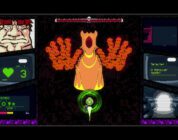If imitation is the sincerest form of flattery, Little Orbit’s Falling Skies: The Game hits the nail on the head. Billing itself as a squad-based strategy title, the design and gameplay feel very reminiscent of a similar award-winning title where humans battle against an alien horde. Though not as strong as other titles of the same vein, Falling Skies does bring a few unique angles to the board.
Falling Skies is built within the universe crafted by the TNT television show, a post-apocalyptic sci-fi drama focused on humanity’s ongoing war with the Espheni alien race. Taking place between the third and fourth seasons, players are tasked with supporting recognizable characters from the show such as Tom and Ben Mason, John Pope, Maggie and Anthony. While these series mainstays are not playable, the reasoning behind this is apparent given the gameplay style.
Design
Menu design and control interface is very basic and straightforward from the moment you boot up. Players are faced with the choice of campaign and difficulty before being thrust immediately into action. There are no multiplayer or online options or secondary modes beyond campaign. The lack of convoluted menus or extended cutscenes come as a welcome change, tossing players into the fray. Levels are dynamic as maps are generated randomly, making every playthrough slightly variable from the last.
The variable levels have their drawbacks as well – sometimes enemies are hidden in darkened corners and players must waste a half dozen turns to seek them out. Others force the entire team to reach an extraction point despite all foes being eliminated. The levels are all fairly similar – one desolate town becomes another so the uniqueness of each version can be lost in the fray. There are different sorts of missions ranging from traditional hostile elimination to resource gathering to rescue operations, offering players choice in what job to push through next. Each mission also comes with different rewards for completion – an easier mission may offer the medical supplies you need to upgrade your infirmary but the trickier one may offer food for a larger squad. The choice is yours – invest in making the soldiers you have the best or put your time and effort into the ability to bring more people on board quickly. You can lose your rookie just as quickly as your grizzled veteran if you aren’t careful, so play carefully.
Graphically we’re not talking about the belle of the ball here. Falling Skies isn’t on the edge of beauty but it’s not completely awful either. Textures can be flat and level design repetition shows, but as a property title launching late in the 360’s lifespan it surpasses expectations. Cutscene characters appear slightly cartoonish but portray emotions and depth, more so than their soldier counterparts in battle.
Gameplay
The most important point of all – how does it feel? Overall, the experience is solid in terms of controls. Characters move along the grid into attack positions and choose from a series of actions. Players are given the option to attack, defend, reload or use grenades at the start. Each soldier has two “turns” before you shift to the next squadmate, limiting your strategic choices. You could take both turns and cross a huge distance, but you run the risk of an enemy popping out in front of you while you stand exposed. Or you can take two shots from afar while the enemy closes on your comrade.
It’s worth mentioning that the tutorial did neglect to mention a few pivotal details of the gameplay experience. Such as how to rotate the camera to have a better view of where to place your team. Or to explain players must reload after they’ve exhausted their rounds, leaving the new player exposed to attack without the ability to respond. I found myself with minimal understanding of the variable classes I had under my command, sorting my team only by the weapons they came equipped standard with. While a long time gamer may know instinctively that long rifles are a distance weapon while shotguns mean close range, newer players may struggle to sort their team’s strengths without this reminder.
Enemies also advanced at an alarming pace at times, appearing from the shadows with no warning and assaulting my squad within their first turn. As a player my moves are restricted by a set of rules – the green zone pertains to moves that require one “turn” while the beige area requires “sprinting” and exhausts both. Yet I found I could move from green areas and further still to sprinting areas if I used my two turns effectively. Enemies could move “sprinting” distances, attack my team, and occasionally take a few steps back in the same turn. Though this may serve as a difficulty qualm, it creates this feeling of improper balance.
A minor quip that bothered me as a shooter – distance played no part in the accuracy possibility of my team. I could take shots from on top of enemies and miss, while 15 blocks away nailed a critical blow with my shotgun. The logic and physics of the weaponry at times felt spot on, and others sorely misplaced. And the ability to shoot through walls, both for the enemy and myself, made the option to take cover entirely pointless. Despite these oversights, I still had great fun watching my fledgling recruit level up to a respectable sniper, deadly from 20 paces and beyond. The camera focuses on your character when they take the killing blow, showing me in advance that my maneuver was successful.
As your squad is comprised of randomly generated soldiers with the real ability to die in battle, players cannot control any of the familiar characters they interact with. Though this is logical as the game cannot break canon of an ongoing series, it may feel frustrating to series fans. Squad members can be customized by appearance and gear so you feel more inclined to protect them in battle. Players have the option to keep the randomly generated name and appearance or alter them entirely. Perhaps you’d wish to have a squadron comprised of your closest friends? Have at it – but remember, if you lose one of them, they’re permanently dead and the spot empty until a new rookie takes their place.
Story
This is where I was fairly lost. As I do not follow the show religiously, I found myself disconnected from the ongoing events of the characters in the background. As a player, I also find it difficult to relate to characters I never get to control and speak to only in passing between objectives. Granted, Falling Skies is designed to be a partner piece to its source material, but in a way it suffers for this origin. It struggles to build a universe that could engage new fans and bring them in to the Falling Skies universe by separating players from the recognizable faces of the cast and deploying forgettable (not to mention replaceable) soldiers. Given the show’s acclaim and current running status I feel confident that the source material is solid and worth engaging in. But to anyone who hasn’t invested in the show yet, it’s your typical Man vs. Aliens battle for survival storyline. The lack of context doesn’t distract from the action, but it doesn’t lend to it either.
Challenge
Missions get progressively more complex in terms of enemy arrangements as you move forward. Several missions unlock at once so you have the ability to pick your poison at a reasonable pace. In some cases I found enemies able to clear large distances and still attack while I was only able to manage half of the space – a frustrating aspect to battle. I didn’t start actively losing troops in combat until roughly 4 missions out, largely due to my overconfidence. Having managed to wipe out a few minor enemies early on, I was caught off guard by larger beasts that could cross significant strides to tear my people apart. I was also negligent in upgrading my medical skills, forced to powerlessly watch my people bleed out. I feel the difficult is very fluid for both new and old RTS players, allowing for a range of challenge in the three difficulties presented.
Let it be noted for the dutiful Achievement Hound, Falling Skies is up your alley. Only 20 achievements valued at 50 points apiece, a few hours’ grinding through missions delivers. The vast majority of achievements are tied to specific campaign mission objectives, but a select few are reflections of your soldiers’ levels and your base’s upgrades.

Overall
Falling Skies: The Game isn’t bad. If you’re a fan of the universe and the ongoing war against the Espheni, you’ll have a wonderful time stomping out alien baddies. If you’re looking for some deep narrative to suck you in and keep you engaged, this might not be the best choice. Looking for a fun little game that lets you blow aliens and possessed humans away while leveling up your personal squad of rebels? Then this may be for you. For those familiar with X-Com: Enemy Unknown, this will all seem very familiar. But for anyone else, it’s a nice foray into the RTS genre with a reasonable learning curve and simplistic storyline. Tech hiccups aside, it’s worth a peek.
Falling Skies: The Game is rated T for Teen. It is available now at physical retail on Xbox 360 and PS3; via digital download on WiiU, Steam, Playstation Network and Xbox Live for a suggested price of $39.99.











